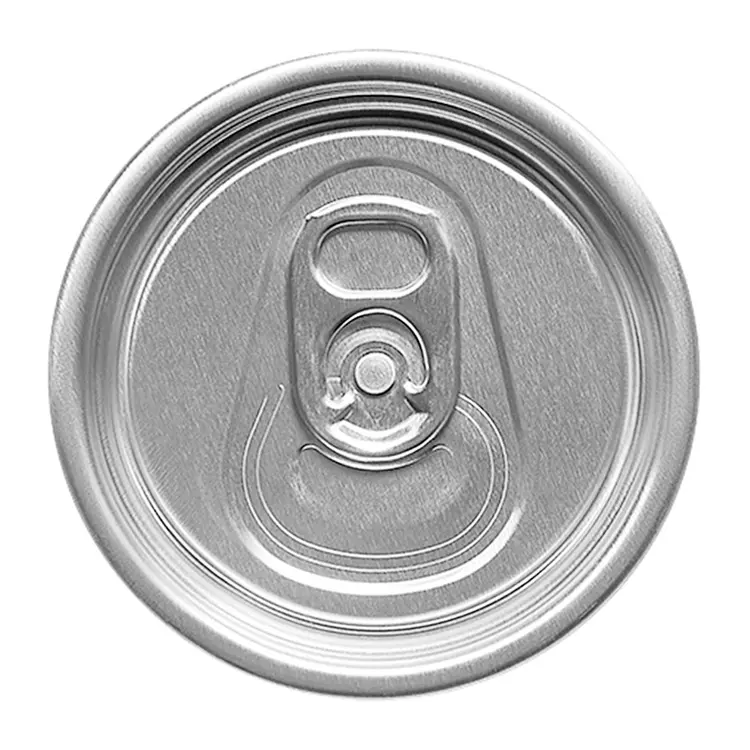In the dynamic world of beverage packaging, every detail counts. While the can body is the primary vessel, the beverage can end—the technical term for the lid—is a highly engineered component that’s critical to product integrity, brand appeal, and operational efficiency. For beverage brands, co-packers, and can makers, choosing the right can end isn’t just a commodity decision; it’s a strategic move that affects everything from product freshness to consumer experience. Understanding the importance and nuances of this small part is key to success in a competitive market.
The Critical Functions of Can Ends
The can end’s role goes far beyond simply capping the can. Its design and material are a result of decades of innovation to meet the industry’s most demanding requirements.
- Product Protection and Integrity: The primary function is to create a hermetic seal. This airtight closure is essential for preserving the flavor, carbonation, and quality of the beverage. It also protects the product from external contaminants, ensuring food safety and a long shelf life.
- Structural Strength: Can ends are engineered to withstand significant internal pressure from carbonated drinks without deforming or failing. Their design, including the intricate “dome” and “score,” provides the necessary strength while remaining easy for consumers to open.
- High-Speed Manufacturing: Can ends are produced and seamed onto can bodies at incredibly high speeds—often thousands per minute. Their precise dimensions and consistent quality are vital for ensuring smooth, uninterrupted operation on high-speed filling lines.
Innovations Driving the Modern Beverage Industry
The evolution of the beverage can end reflects a strong focus on sustainability, consumer convenience, and brand differentiation.
1. Enhanced Consumer Experience
- Stay-on-Tab Lids: The most common design, this lid prevents the tab from being removed and lost, a feature that has become a consumer expectation.
- Full-Aperture Ends: For a different drinking experience, these lids allow the entire top of the can to be removed, offering a “bowl-like” opening that’s popular for some specialty beverages.
- Resealable Ends: An innovative solution for on-the-go consumption, these ends allow the can to be securely closed after opening, providing convenience and spill prevention.
2. Sustainability and Efficiency
- Lightweighting: Manufacturers are constantly innovating to reduce the amount of metal used in each can end without compromising on strength. This “lightweighting” reduces raw material costs and a product’s carbon footprint.
- Material Advancements: The move from steel to aluminum for most beverage cans has made recycling infinitely easier and more efficient, making the beverage can an industry leader in sustainability.
Conclusion: A Strategic Choice for Your Brand
In a world where consumers demand quality and convenience, and businesses prioritize efficiency and sustainability, the beverage can end stands as a strategic component. By partnering with a can end supplier that invests in innovation, quality, and consistent performance, you can ensure your products are not only sealed for freshness but are also positioned for success.
FAQ
Q1: What is the most common material for beverage can ends?
A1: Aluminum is the most common material for beverage can ends due to its lightweight nature, excellent barrier properties, and infinite recyclability.
Q2: What is the “double seam” and why is it important?
A2: The “double seam” is the hermetic seal formed when the can end is attached to the can body. It’s a critical mechanical lock that ensures the can is airtight and liquid-tight, protecting the product from contamination.
Q3: How do new can end designs affect existing filling lines?
A3: While many new can end designs, such as lightweighting and different tab styles, are compatible with existing equipment, a significant change like a resealable end may require new seaming equipment and adjustments to the filling line. It’s crucial to consult with your equipment and can end suppliers.
Post time: Aug-27-2025








